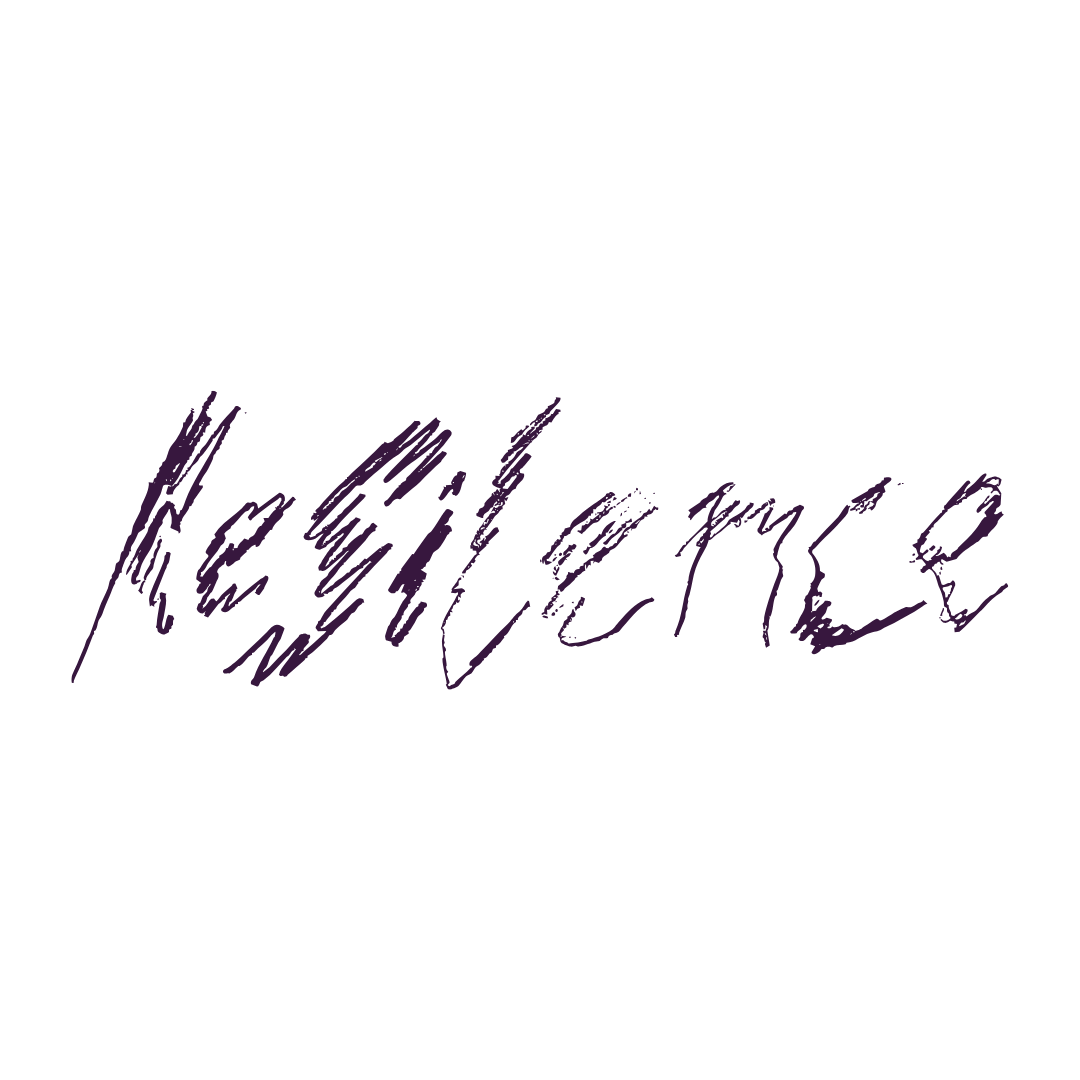A sound installation that transforms space into an electro-acoustic theatre, simulating the functional network of the brain’s neurons.
Tim Otto Roth is a German conceptual artist and composer whose practice is founded on breaking new ground in the dialogue between art and science. His light and sound works, exhibited globally, result from collaborations with leading scientific institutions. In his major sound installations, space is not merely a container but a crucial conceptual element.
In Theatre of Memory (2023-25), the musical composition is determined by a neurological principle: each speaker acts as both a tone emitter and a listener.
The work is composed of up to 444 custom-designed speakers, arranged throughout the space like a network. The auditory experience is enhanced by color: each active speaker emits a light expressing specific parameters and the spatial structure of the sound event. The room turns into an electro-acoustic theatre emphasizing space as an essential constitutive element of music and sound. The functioning of this complex system is shown live on a screen that updates every 10 seconds.
The system simulates the functioning of neurons: each line on the screen represents an “audio neuron”; when a neuron sends a sound impulse to another, a dot appears; yellow dots indicate the sound is excitatory, purple indicates it is inhibitory. The core of the experiment lies in the neuronal feedback: a speaker doesn’t necessarily react immediately to sound stimuli but must reach a specific stimulation threshold. The internal state of excitation—technically referred to as the membrane potential—is indicated by a spectral color change. If the audio neuron is extremely inhibited, the color shifts to red. When the neuron “fires,” emitting its characteristic sine tone, it flashes white, only to return to its resting state, inviting the audience to interact and perceive music not just as a temporal flow, but as a spatial and neurological response.
BIO
Tim Otto Roth is a conceptual artist working between Oppenau and Cologne, specializing in site-specific projects and light and sound installations. His practice redefines the role of the audience, transforming them into an active exploring agent in an acoustic immersion that aims to reveal the hidden structures of perception and memory.
CREDITS
Credits: Tim Otto Roth, imachination labs
Camera and cut video: Miriam Seidler & Tim Otto Roth, imachination labs

This project is part of ReSilence: Future Soundscapes & Affect Mining in Urban Ecosystems, the exhibition showcasing the outcomes of fifteen international art residencies supported by S+T+ARTS (the European Commission’s initiative for science, technology, and the arts). Through the artistic exploration of sound, RESILENCE redefines urban spaces, using the acoustic dimension to analyze the complex affective and ecological relations of future cities and promote collective awareness of what lies beyond mere noise. The exhibition is presented in collaboration with BASE, as part of the FAROUT Festival 2025 edition.